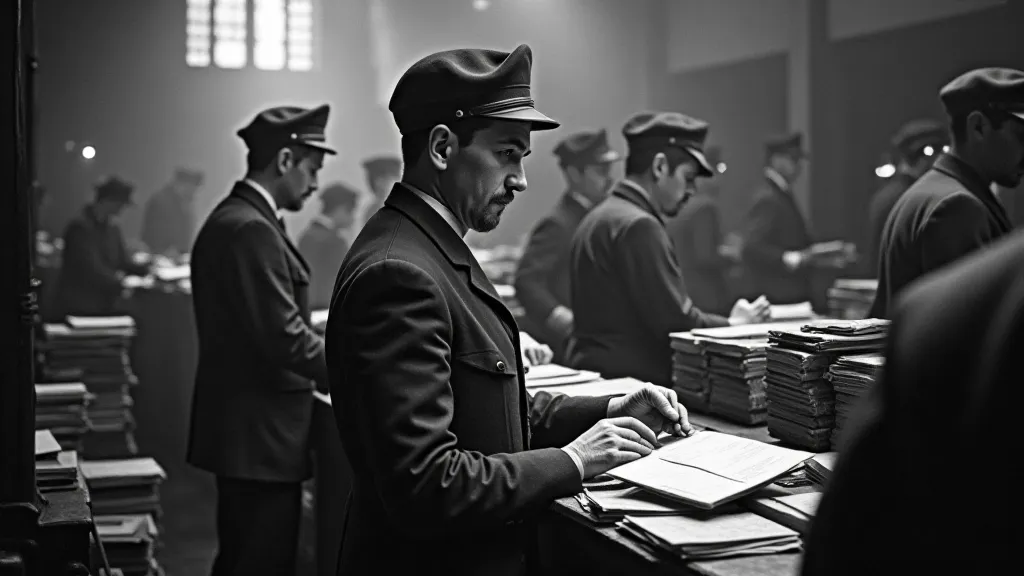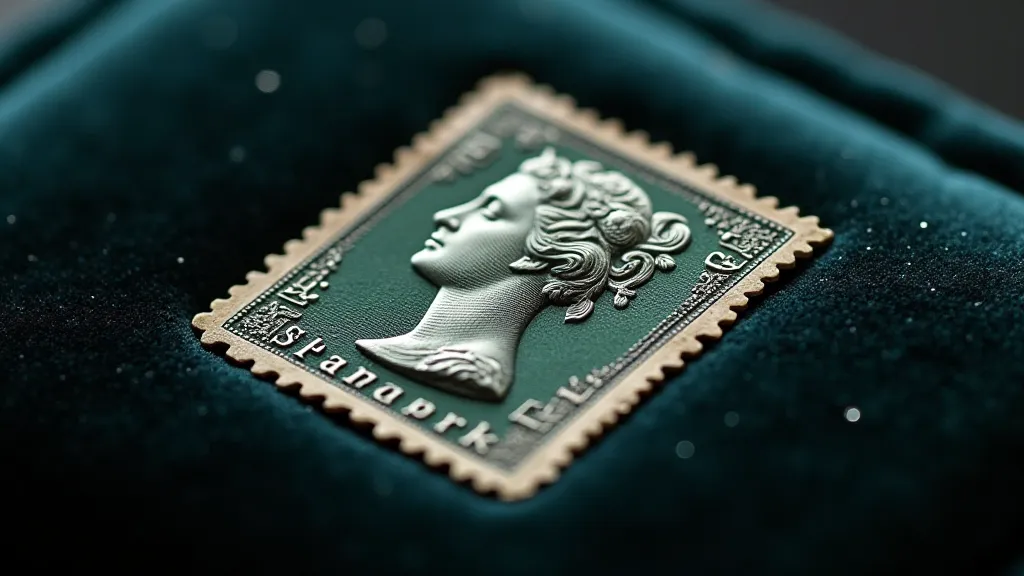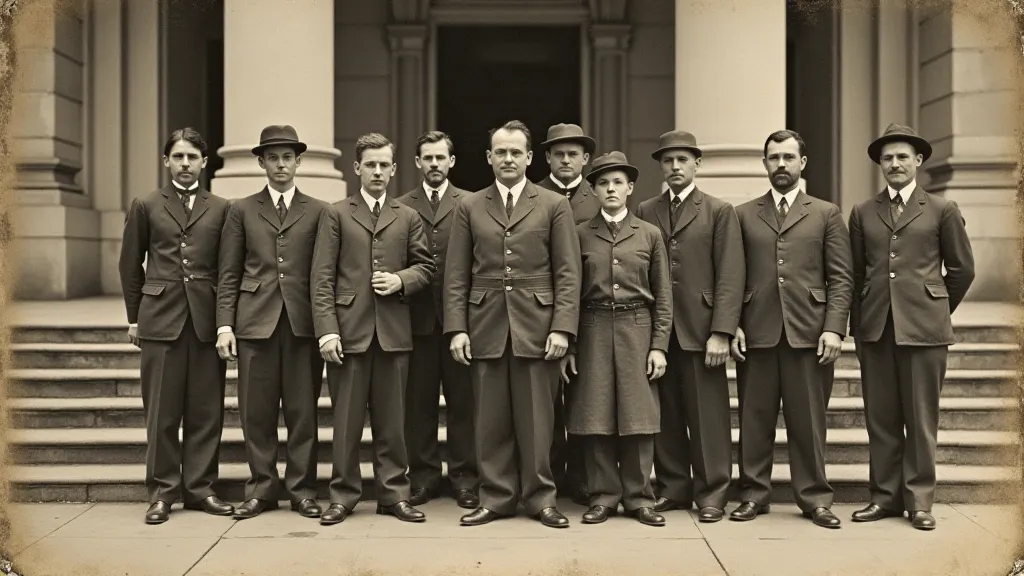A Treasury of Lost Voices: The Postal Workers’ Perspective on Stamp History
We often think of vintage postage stamps as tiny, colorful windows into the past – portraits of monarchs, depictions of historical events, the vibrant emblems of faraway lands. We pore over their perforations, scrutinize their watermarks, and obsessively catalogue their variations. But what of the hands that touched them? The shoulders that carried the weight of countless missives? The eyes that witnessed the ebb and flow of human connection, one small square of paper at a time? The story of vintage stamps isn’t just about the designs; it's about the people who moved them, the postal workers whose lives intertwined with these fragile pieces of history, a perspective rarely acknowledged within the world of philately.
Imagine, if you will, a bustling post office in the late 19th century. The air thick with the smell of paper, ink, and coal smoke. Men and women, young and old, working tirelessly, sorting, bundling, and delivering letters and packages. They weren’t merely processing mail; they were custodians of communication, silent witnesses to the hopes, fears, and dreams contained within those envelopes. They were, in a way, the keepers of a collective human narrative, passed down through the postal system.

The Human Connection: More Than Just Delivery
My grandfather, Thomas, worked for the Royal Mail for over forty years. He rarely spoke about his work, but occasionally, a snippet of memory would surface – a Christmas card from a soldier overseas, a love letter filled with longing, a child’s drawing sent across the country. "You'd see a lot, you would," he's said once, his voice softened by the years. "Not just letters, but people's lives. You felt a connection, even if you never knew the sender or receiver."
These weren't just pieces of paper to Thomas and his colleagues; they were conduits of human connection, tangible representations of relationships spanning continents. A damaged stamp, a hastily scribbled address – each imperfection hinted at a larger story, a life lived with its attendant joys and sorrows. He’s recalled handling a letter that had been delayed for months due to a conflict. The stamp was faded, the ink bled, but the message inside remained poignant, a testament to enduring hope in a world torn apart. It’s that tangible link to the past that makes the stories carried within vintage stamps truly valuable.
Craftsmanship and the Eyes of the Mail Carrier
The beauty of vintage stamps extends beyond the artistic merit of the designs. The craftsmanship itself is a marvel. Consider the engraving techniques employed in the early 19th century, the intricate details achieved with hand-carved dies. These stamps weren’t mass-produced; each one was a testament to the skill and dedication of the engravers and printers. Postal workers, handling these pieces daily, would have appreciated that subtle beauty, even unconsciously. They would have noticed the difference between a poorly printed stamp and one meticulously crafted.
The quality of the paper used also holds significance. Early stamps were often printed on thick, durable paper, designed to withstand the rigors of the postal system. A postal worker could instantly recognize a stamp that was thin or flimsy, indicative of inferior materials. The way the paper felt in their hands, the way it responded to handling – it was a subtle, sensory experience that few modern philatelists truly appreciate.

The Subtle Art of Preservation – A Postal Worker’s Perspective
While many collectors obsess over pristine condition, a postal worker’s view on “preservation” was different. They didn't concern themselves with mint condition; they recognized the inevitable wear and tear that came with a stamp’s journey. A slightly canceled stamp, a minor crease – these were marks of experience, evidence of a life lived. It wasn't about preserving a perfect object; it was about acknowledging the journey it had taken.
Thomas used to say, “A stamp that's never been handled ain't worth much. It’s like a book that’s never been read.” He understood that the true value of a vintage stamp lay not in its pristine condition, but in the story it told, the experiences it had weathered. This understanding fostered a subconscious respect for the stamps he handled, even though his daily task was simply to sort and deliver.
Lost Voices and Enduring Legacy
Sadly, the experiences of these postal workers, these silent custodians of history, have largely been overlooked in the world of philately. We focus on the artistry, the rarity, the investment potential. But we often forget the human element, the countless individuals who played an integral role in the postal system’s operation.
Their perspective offers a unique and invaluable contribution to our understanding of vintage stamps. They provide a glimpse into a world beyond the collector’s album, a world of human connection, tireless labor, and enduring legacy. It’s time we listened to these lost voices, acknowledging their contribution to the story of postage stamps – a story that is so much more than just paper and ink.

By recognizing the experiences of postal workers, we deepen our appreciation for the cultural and historical significance of vintage stamps, transforming them from mere collectibles into tangible links to the past – whispers from a bygone era carried on small pieces of paper.





